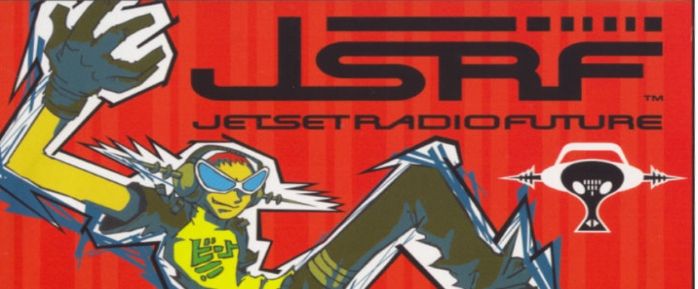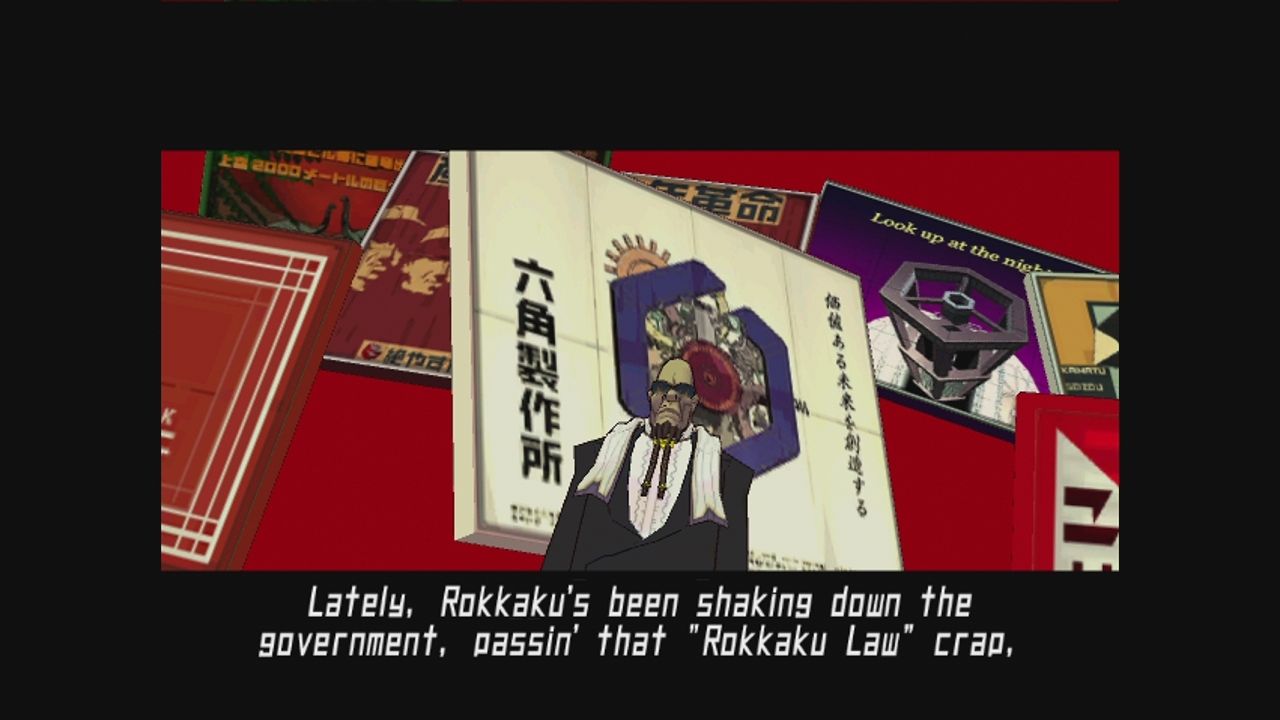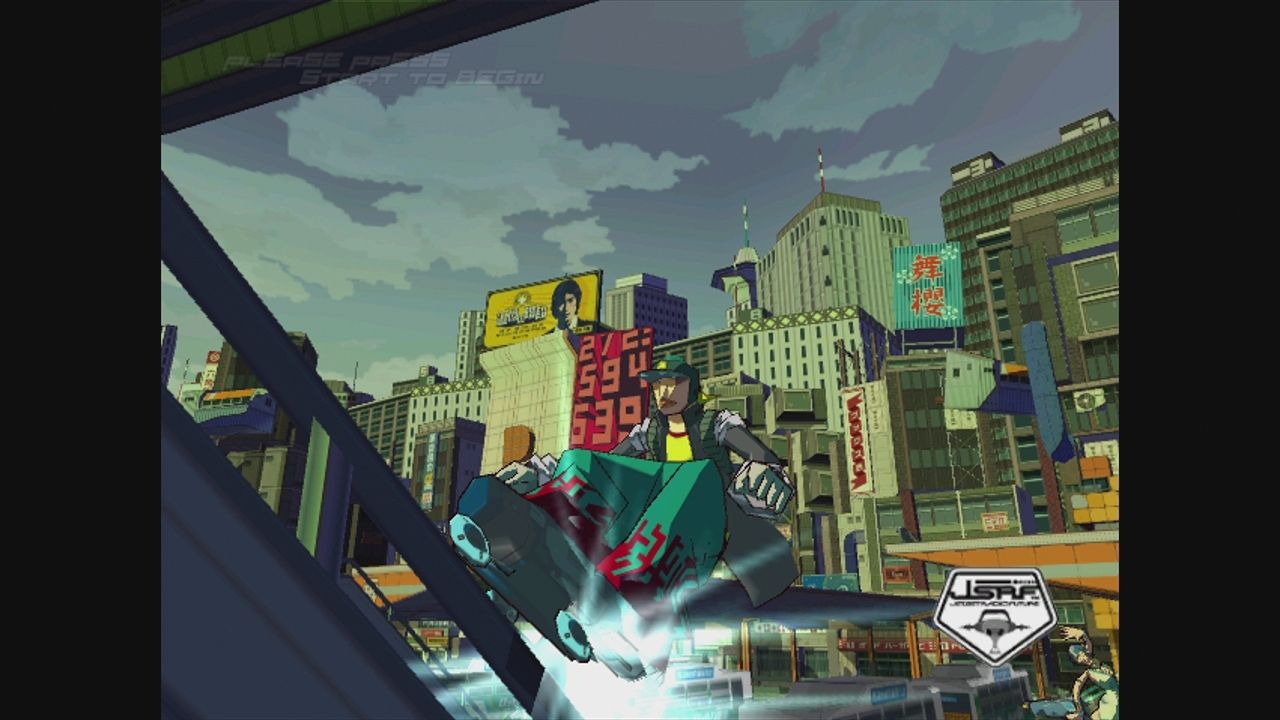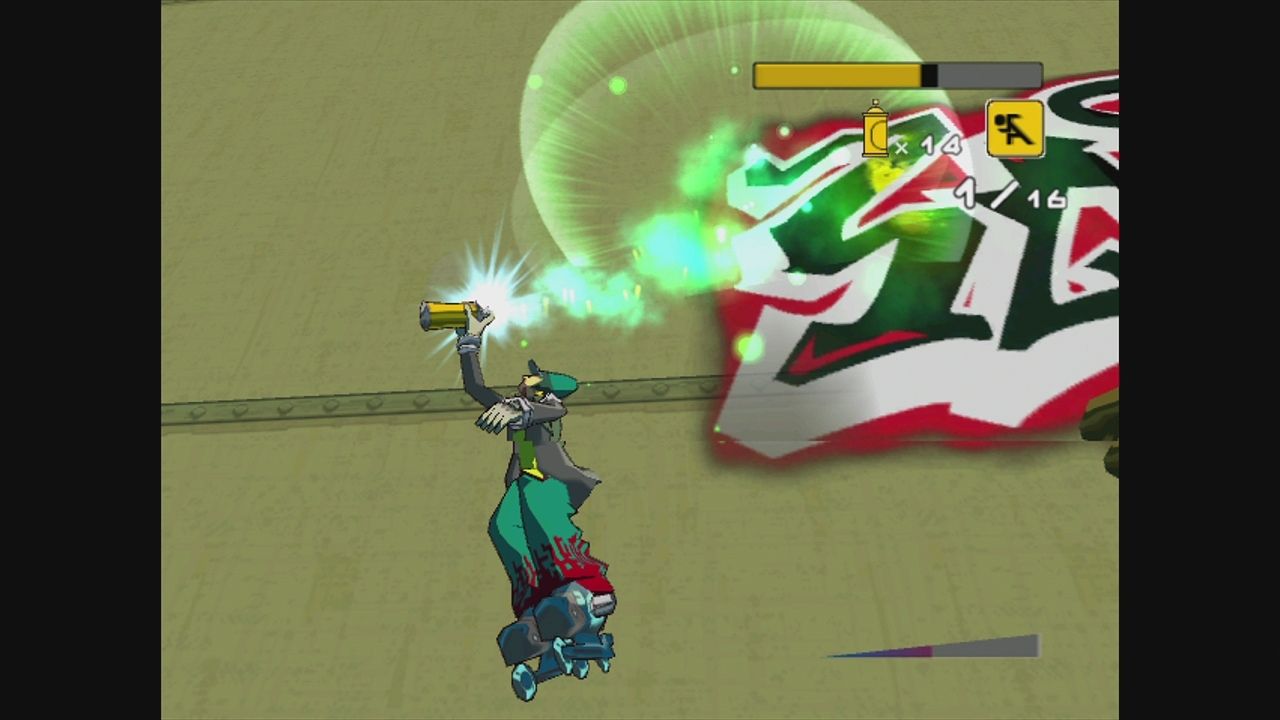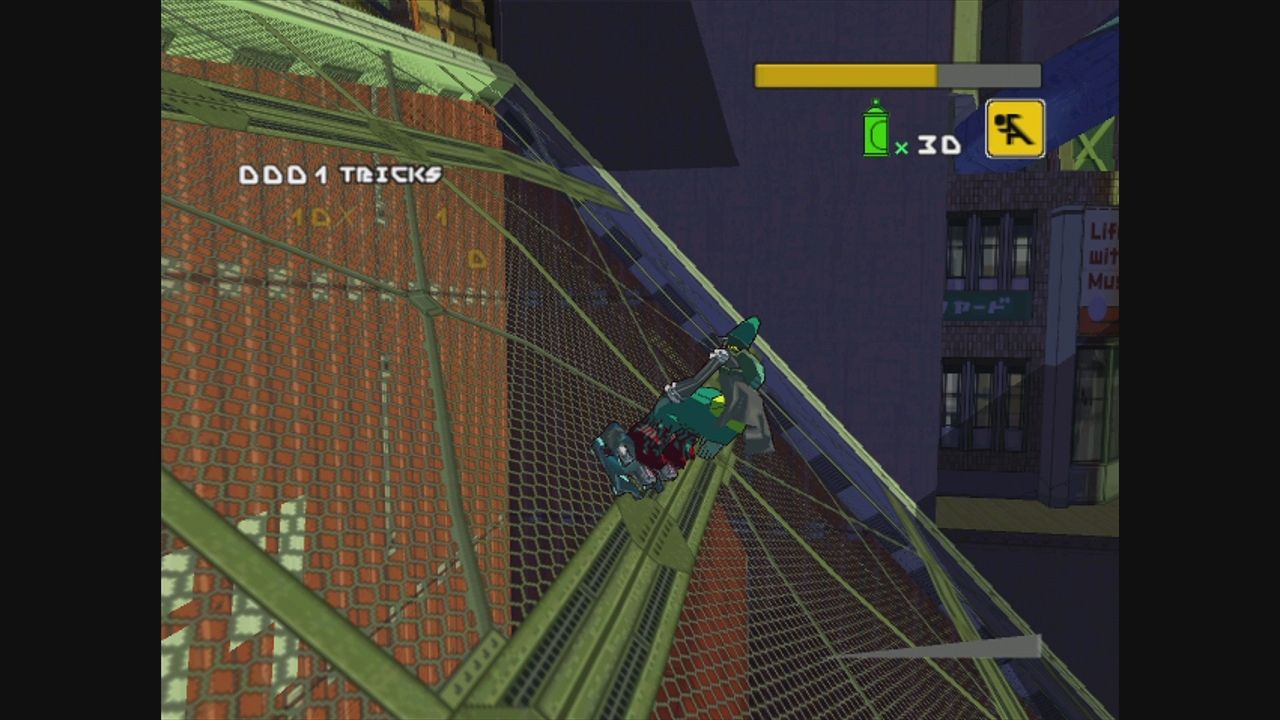Watch your step, for you’ve just entered the Graveyard. Inside, we’ll be digging up games that have long been without a pulse. You’ll see both good and bad souls unearthed every month as we search through the more… forgotten…parts of history.
Last month, we covered just what kind of impact Jet Set Radio had on the industry and how well it has held up in the 21 years since its release and subsequent HD re-release. Now, we'll take a look at what remains the only sequel in the short-running, but iconic franchise, Jet Set Radio Future. The first game was one that defined the Sega Dreamcast and to this day delivers a lot of fun and has a sense of style that few games can lay claim to. The sequel hit the Xbox in 2002 and along with a series of other Sega game sequels like Crazy Taxi 3, Shenmue II, Panzer Dragoon Orta and Sega GT 2002 helped the original Xbox feel like a true successor to the Dreamcast. This feeling continued with latter-day releases like Outrun 2, Outrun 2 Coast 2 Coast 2006 and titles like NBA 2K5 that kept some of the Dreamcast's spirit alive on Microsoft's first console.
Smilebit had its work cut out for it following up on JSR and did an admirable job. The original release of JSRF came in a stunning metallic red cover, but the most famous version of this release was the version with both JSRF and Sega GT 2002 on the same disc. Both games are fully playable on the Xbox 360, but sadly never got an Xbox One backwards compatible version. Thankfully, the 360 plays both games well beyond a couple of framerate drops on JSRF. Jet Set Radio Future is an alternate future retelling of JSR's story and streamlines a lot of the action while greatly amping up the visuals and increasing the size and scope of the world.
The premise is similar, with a new grey-haired Professor K leading a band of misfits against overzealous authority figures and raging gangs while trying to spread love and paint around Tokyo-to. The flow of the action has been revamped, with tagging now using a right trigger press and doing away with the longer analog stick movements of the original. This was something that had a benefit and a detriment to the first game because while it did increase the intensity of a stage, it was also frustrating to be 80% done with a larger tag , having taken time to gather all the paint from across the stage, and then have your work undone in a moment's notice.
Now players have a lot more freedom as police are in designated parts of a stage instead of roaming all-around. Stages themselves are now also one large area instead of being broken up into smaller sections -- making the map itself feel larger and helping with the feeling that you're exploring a large city and not just chopped-up sections of a cityscape. The removal of time limits is a godsend for overall pacing as well as gone are the days of feeling rushed to get all of the tags done. Now, players can take their time and explore, and beyond being able to get sucked into the adventure more, there are goodies to collect like graffiti souls that unlock new tag designs while hidden tapes ala Tony Hawk's Pro Skater unlock new missions.
The skating and traversal have been improved from the original, with more mechanics like powersliding being added in to aid in being able to stop on a dime and then boost around. Movement has been made more free as well and it doesn't feel nearly as awkward as JSR did to dart around with 360 degree movement. There it often felt like you just couldn't quite go where you wanted due to how the analog controls were designed. Here movement is a lot more organic and it's easier to do things like just trying to line up with some staircases to go back to an area you fell off of. From a mechanical standpoint, JSRF is a nice improvement over the original -- even if it doesn't click on all cylinders like the original did.
JSRF is technically the better-playing game, and I do prefer the lack of time limits, cops filling the stage, and lack of analog movements for tags -- but the city itself just doesn't shine as much as it did before and the setting was a lot of what made the first game so special. Every part of that game worked together like a puzzle and while neither game is perfect, the parts of JSR that didn't work were something that could be argued made for a more challenging experience and thus increased replayability. Here, the adventure is easier and more streamlined, but that does come at the cost of some of what made the first game so special.
The fear of having a sea of cops clinging onto you while you trying to get one more big tag taken care of could be annoying, but it was also thrilling and got your blood pumping. With those pieces of the puzzle being taken out, there's a bit of the experience lost even if it does make for an easier and better-flowing experience. The debate has raged on for nearly twenty years as to which game is "better" and it isn't an easy one to answer because they're both nearly-perfect at what they try to do. JSR is the more pure experience, but the gameplay does feel like a rough draft while JSRF feels like a more fine-tuned product.
Visually, JSRF features far more detail in the environments and more vibrant colors overall, but the colors for characters themselves are less drastic. Before, characters had bold colors like white and green or yellow and black and now the palette is greater for the world, but less dramatic for the cast. They usually have one main color and then a secondary one and they're a bit lighter in tone than before, resulting in a more muted look in some ways. Animation has been improved, though, as has lighting throughout the world and overall detail. Texture quality has been bumped up and visual flourishes around character movement are bolder and look better.
JSRF's soundtrack isn't on par with Jet Set, but it does have tremendous bangers in its mix. "Concept of Love" is amazing to this day and the overall OST is a lot of fun to listen to, even if it isn't a wall-to-wall soundtrack full of top-shelf tracks that keep you grooving from beginning to end. JSR is an A+ soundtrack across the board, while JSRF hits that mark a time or two, but is a B+ overall. The voice work here is better here than before; it's still over the top, but there are more characters getting voice acting and the sound design is stronger as well. There are more subtle touches to the spray paints with this like a slight whoosh during riding tag sections and things like people fleeing in terror from all the in-game chaos.
Jet Set Radio Future is a great follow-up to the original classic and in some ways impressively manages to surpass it. It looked and played better than the first, with a better gameplay flow in terms of just having fun with a pick up and play game. Both entries in the series are fantastic and it's interesting to see how well they've held up over time. The second is more fun to play, but the first is more exciting and intense with a better soundtrack -- but it's a lot harder and has a tougher learning curve. Hopefully, both games get a modern-day remaster that goes beyond what we saw for JSR almost a decade ago. Music rights may nix that, so hopefully Microsoft enables Xbox Series X compatibility for disc-based original Xbox games so this game isn't lost to time completely. JSRF is a fantastic game and can be had for next to nothing nowadays thanks to the Sega GT 2002 pack-in version being so common.

